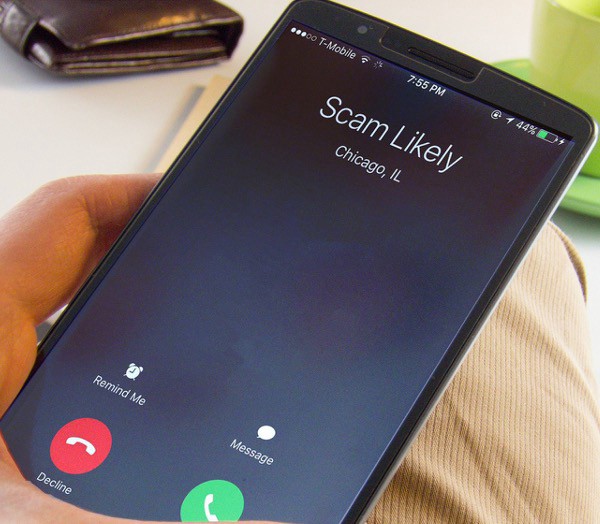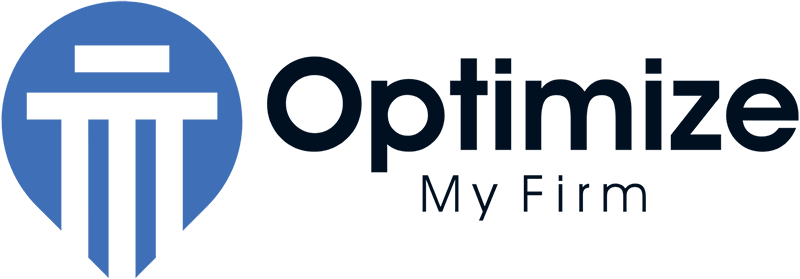 Today a client called me from one of their office phone numbers and my Verizon phone said “Spam Warning”. I almost didn’t answer it, but I recognized the area code and phone number.
Today a client called me from one of their office phone numbers and my Verizon phone said “Spam Warning”. I almost didn’t answer it, but I recognized the area code and phone number.
I picked up, and it was my client, a personal injury law firm. After speaking to them about the reason they called about, I mentioned that their phone number was listed as spam, and that must be making it difficult to contact existing and potential clients. They let me know that others have told them the same thing.
This is a disaster for a personal injury law firm that depends on signing up new clients.
Why is my Law Firm Listed as Spam with Verizon, AT&T or T-Mobile?
I’m not an expert on this topic, however, I did spend several hours researching the problem and am knowledgeable enough to write answer this question.
If your law firm is displaying on user’s cell phones as a Spam Call, or a Spam Risk, it is because your number is listed in a database as a probable spam caller.
Different carriers use different databases and the solution varies from provider to provider.
How did this happen?
Your “CNAM” is basically your Caller ID name which is displayed on people’s mobile devices when you call them and they’re not stored in your phone. While a simple number may display in some cases, in other cases the cell provider may use known CNAM data. CNAM is an acronym for “Caller Name”.
You can end up on a cellular provider’s naughty list for any number of reasons, such as:
- You were calling people randomly and several people blocked you
- Your phone number was “spoofed”, meaning a spam caller probably randomly selected your phone number to use to robocall local victims
How to update your CNAM record and fix the problem:
There is a LOT of misinformation online which either fails to explain this or mentions a mysterious National Caller ID Database or Registry. There’s no such thing. Cell phone service providers use one of several different databases. The biggest three are First Orion, Hiya and Transaction Network Services, however, it should be noted that Verizon uses their own database.
Here’s how to define the name of the company which displays on someone’s Caller ID when you call them:
- The Free Caller Registry. The Free Caller Registry claims that it enables entities making legitimate outbound phone calls to submit their data to the three major providers of call management services supporting the major US wireless carriers once via a standard, centralized experience. https://freecallerregistry.com/fcr/
- Verizon Registry. As mentioned above, Verizon maintains their own registry. Business owners who believe that their business has been unfairly tagged as an unwanted caller may provide Verizon feedback here: https://voicespamfeedback.com/vsf/.
- Hiya. AT&T is one of the carriers which uses Hiya to identify business callers. Hiya offers a service which I’m unfamiliar with, however, you can submit a ticket with them here to update your business name and number.
- CallTransparency. T-Mobile uses First Orion. First Orion’s company registry is called CallTransparency. Go to their home page and click “sign up” and follow the instructions. https://calltransparency.com
Recap
It’s likely a good idea to proactively sign up for these services. Even if you never experience the joy of being marked as high risk, spam, or a fraudulent caller, signing up for these services may also prevent you from displaying as an unknown caller, or just a random string of numbers (who even answers those anymore?)
With your law firm name properly displaying on mobile user’s smartphones, you’ll know you have done everything you can to optimize your firm’s Caller ID experience.

